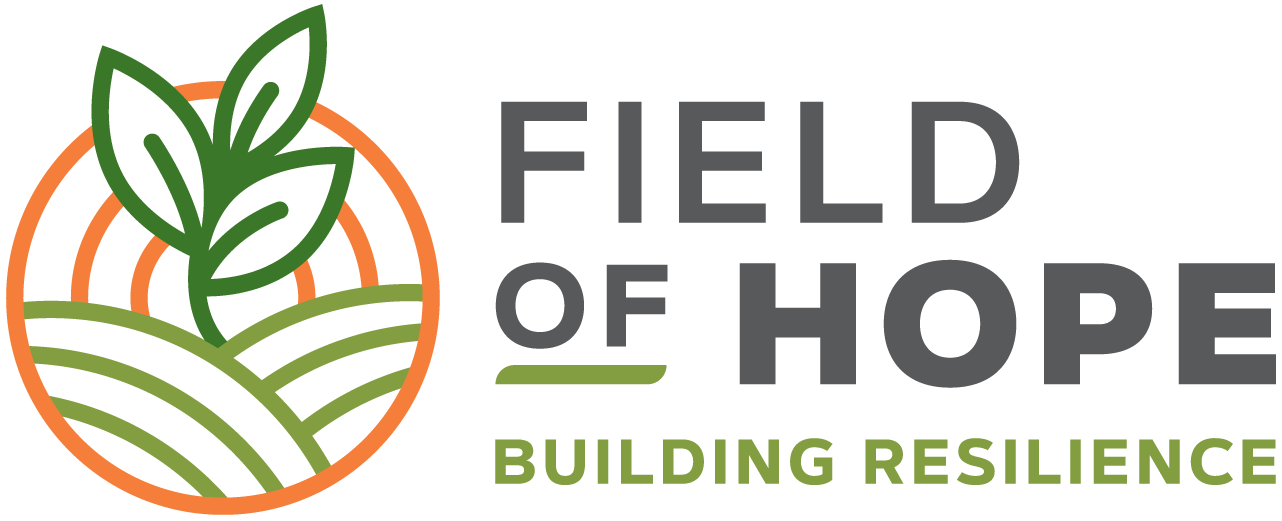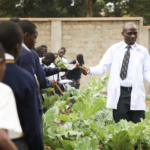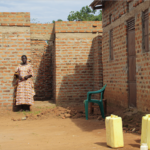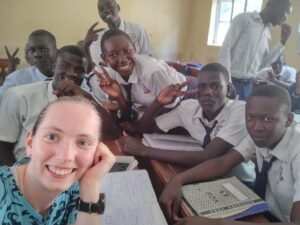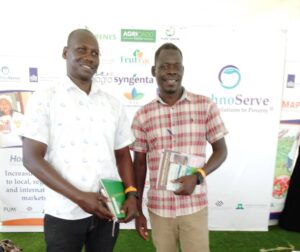There is a quote that tell us “it isn’t the farm that makes the farmer – it’s the love, hard work, and character.”
One doesn’t need 1,000 acres to be a farmer, nor 500, nor 50, not even one. Sometimes all you need is a few feet in a backyard, or a corner of rooftop, or even just a single soil-filled container. This is the lesson that Apio Vivian Dessilah learned at Field of Hope’s latest training.
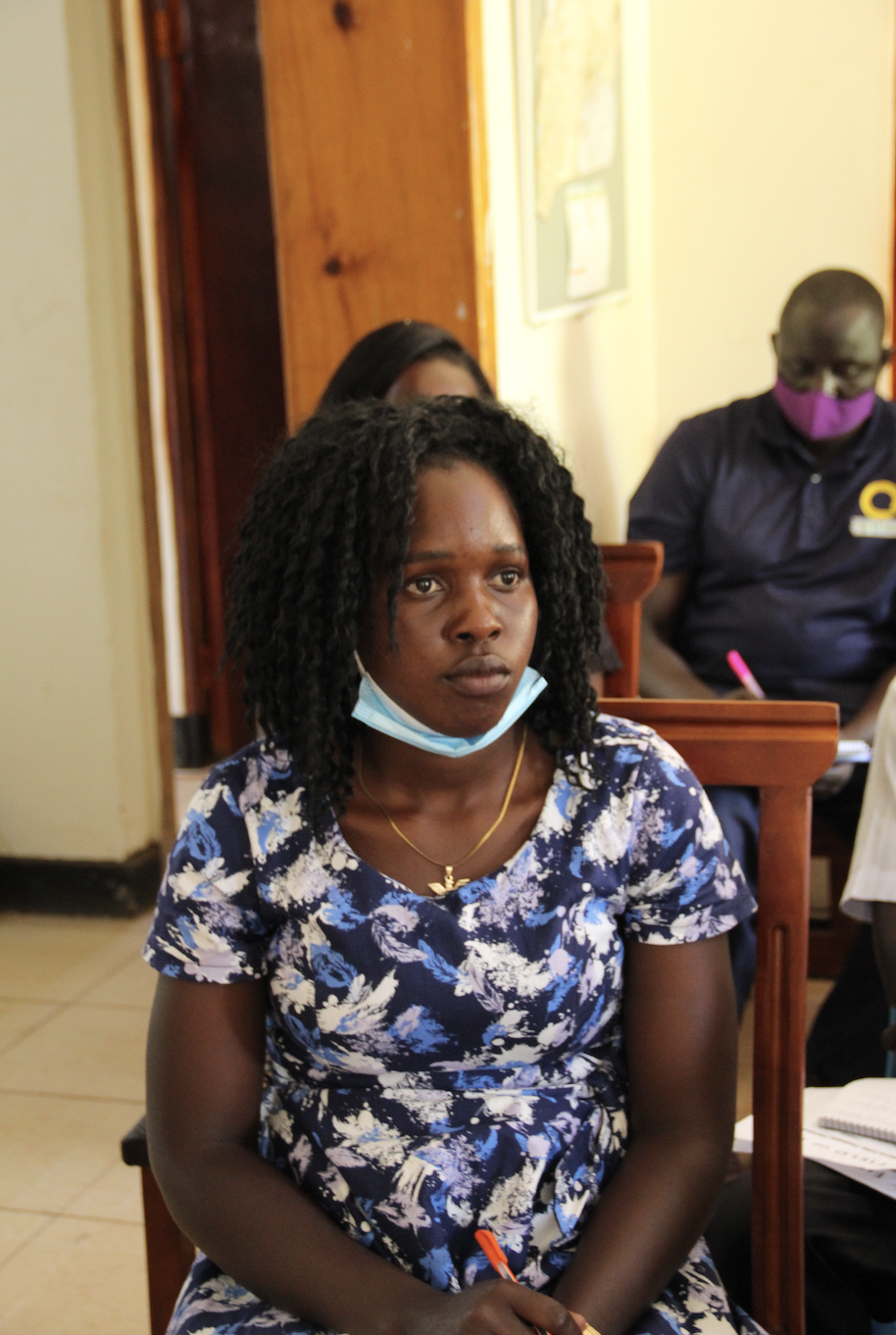
A veteran of FOH trainings, Vivian is one of 29 teachers who traveled to the FOH office in Lira for a two-day training all about urban agriculture.
“In the first session, we covered quite a number of topics on urban farming,” she recalled. “These included the meaning of urban farming, the types of urban gardens and their establishing characteristics, the advantages and disadvantages of urban farming, and opportunities in urban agriculture such as tourism, employment for women and youth, and waste recycling and reuse.”
So, what exactly is urban farming? Well, it is simply the cultivation of crops and rearing of animals for food and other uses within and surrounding the boundaries of urban areas/cities/towns. Vivian explained the different types of urban gardens the teachers learned about, including backyard gardens, rooftop gardens, container gardens, vertical gardens, soil-filled sacks, greenhouse gardens, schoolyard gardens, and more.
“Because urban farming is practiced within limited space, this can favor almost anybody who is willing to try it,” Vivian pointed out. “Urban farming is labor intensive since the small size limits mechanization, but this means it does not require the purchase of expensive machines, so every farmer can manage to maintain an urban garden.”
Vivian went on to share what else the group had learned at the training.
“In our second session, we learned about animal production in urban agriculture. I learned the types of animals involved, such as pigs, poultry, and zero-graze cattle and goats. However, urban livestock faces challenges like limited space for the animals and city restrictions on what livestock can be kept in the town boundaries.”
Not only did the training cover practical topics like how and what crops to plant in an urban garden and what livestock to raise, but it also included the importance of marketing.
“In the third session, we discussed marketing mix and the 4 Ps that make up a typical marketing mix – price, product, promotion, and place,” Vivian explained. “I also learned that nowadays, the marketing mix increasingly includes several other Ps, like packaging, positioning, people, and even politics as vital mix elements.”
All in all, the teachers learned valuable skills and knowledge about urban agriculture that they will be able to pass on to their students.
As for the impact of the training on Vivian, she said, “this training has helped me gain a lot of knowledge and discover many opportunities around me in urban agriculture, including discovering sites for farming, what animals to rear on an urban farm, how to collaborate with my fellow urban farmers, and how to get a market for my products”.

With everything she learned, Vivian has big plans to put those newfound skills to good use.
“I will use these knowledge and skills obtained from this training to start up my own urban farm, which I will also use as a demonstration site to train other farmers. I will also use this knowledge to establish a school garden to teach learners practically and provide food to the school.”
Author: Nicholas Charles Ssebalamu
